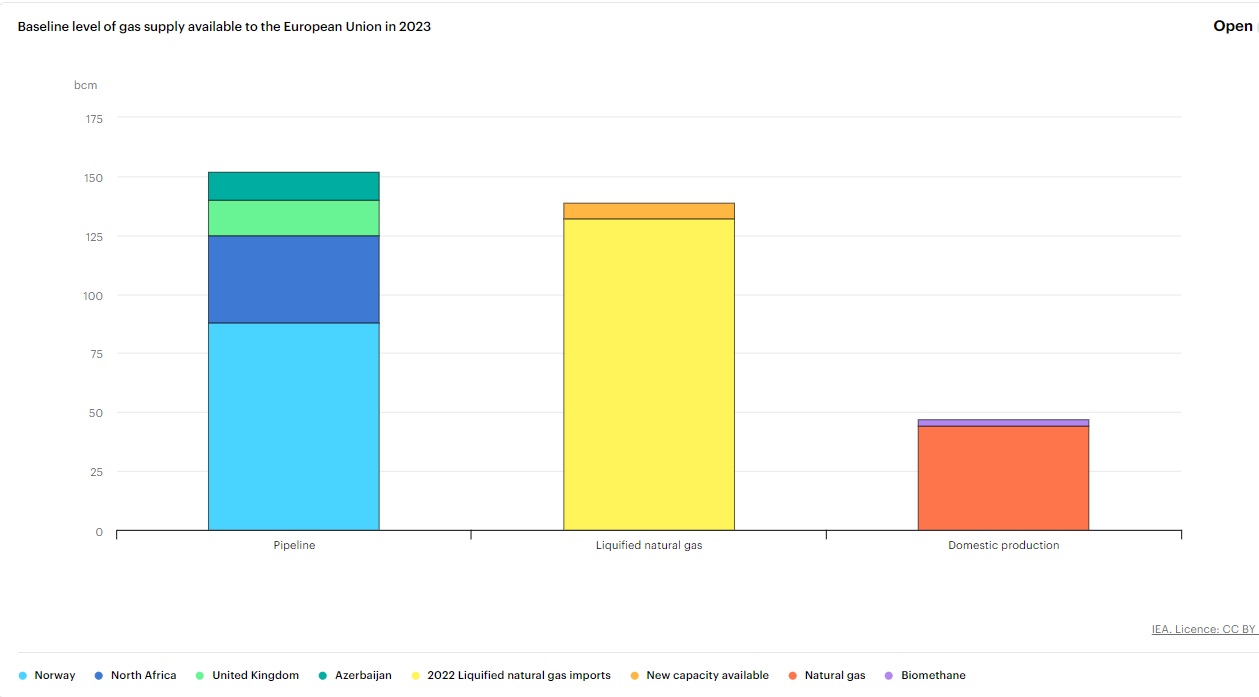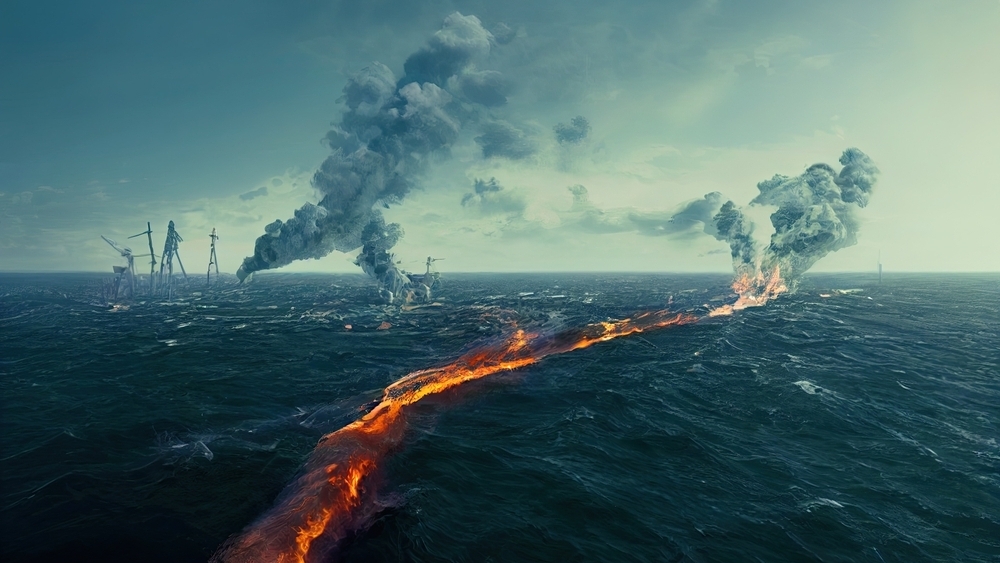The European Parliament and Council have reached a breakthrough agreement to curb methane emissions in the energy sector, two weeks ahead of COP 28.
The EU announced new rules to tackle leaks of methane in the energy sector as part of its bid to reduce greenhouse gas emissions by a least 55%, sending a strong signal ahead of the world’s biggest climate gathering, the COP 28 summit at the end of this month.
Methane is a powerful greenhouse gas and the second biggest contributor to climate change after CO2, it has more than 80 times the global warming power of CO2.
Under the new regulation, agreed in all-night talks, fossil gas, oil and coal producers will have to monitor, report and verify their methane emissions and take action to reduce them.
The EU also plans to crack down on methane leaks and bans routine venting and flaring by the oil and gas sectors and restricts non-routine venting and flaring to unavoidable circumstances, for example for safety reasons or in case of equipment malfunction.
Moreover, it limits venting from thermal coal mines from 2027, with stricter conditions kicking in after 2031.
Net Zero Investor's Annual Conference | 11th December 2023 | London
The EU is the world’s biggest buyer of natural gas and the deal is likely to have a significant impact on imports, from 2027 on, any new contracts for oil, has and coal can be only concluded if the same monitoring, reporting and verification obligations are applied by exporters as for EU producers.

These restrictions are likely to have a significant impact on imports from Russia and Azerbaijan, where leaks are still commonplace. However, as a result of the Ukraine war, the EU now derives most of its liquified natural gas from Norway, followed by North Africa, the UK and Azerbaijan, according to IEA data.
Wopke Hoekstra, EU commissioner for Climate Action celebrates the deal as an important signal to other states: “As we head to COP28, it is great news that the EU has one more law to demonstrate to our international partners that we are delivering on our climate targets” he said.
The deal will now be formally adopted by the European Parliament and Council. Being put forward as a regulation, it is the strongest form of EU legislation and will legally binding across the EU.





